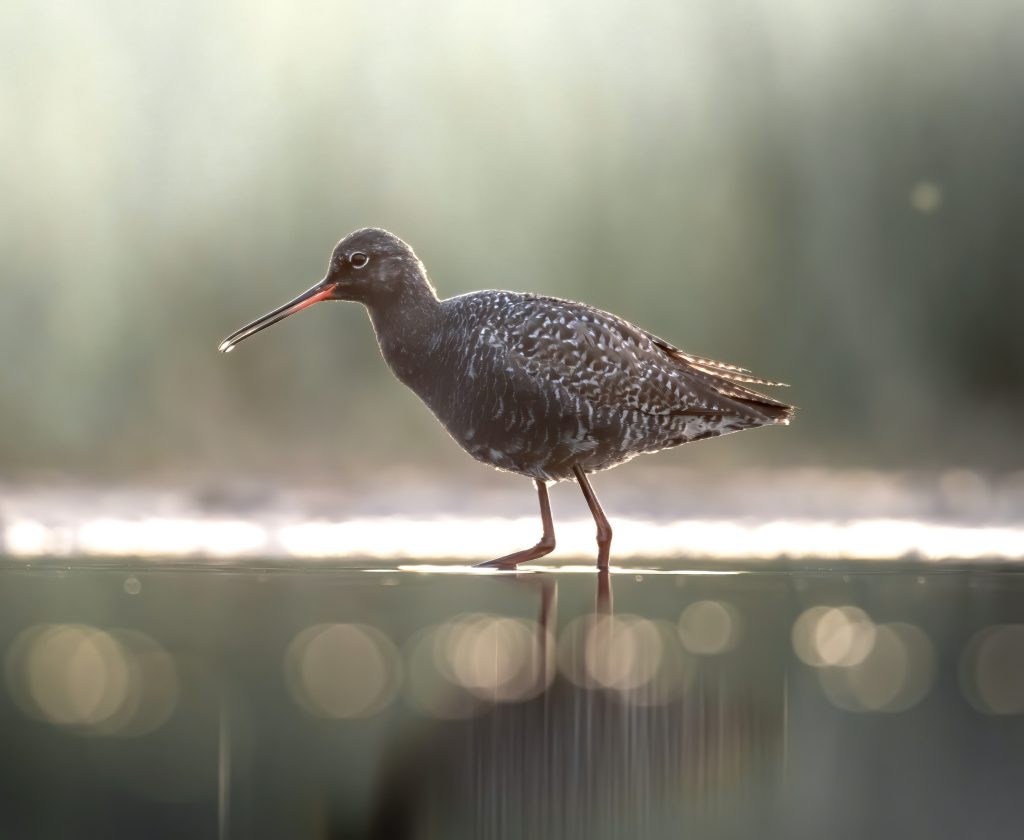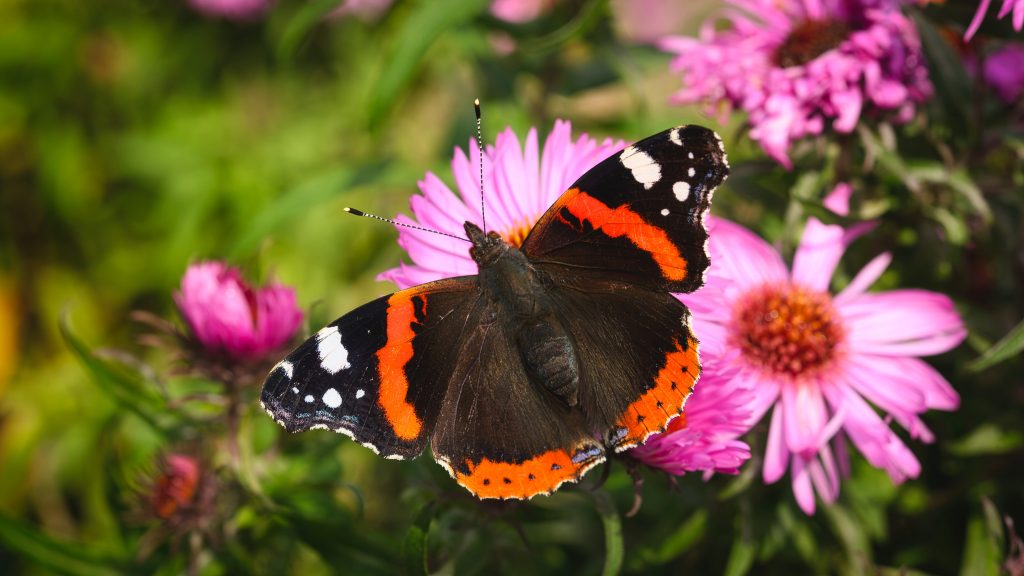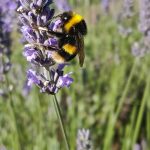In 2019, under Ireland’s reporting for the EU Habitats Directive, Machair and Fixed dunes were both assessed as being in Unfavourable – Bad conservation status. This means that the habitats are in serious danger of disappearing, at least regionally. Further evidence suggests there has been ongoing degradation since 2013 (see NPWS 2019).
The Machair sites included in the project target areas provide an important refuge for threatened breeding wader bird species and pollinators in Ireland. Species such as Dunlin, Lapwing and Redshank rely on these coastal areas as important refuges from otherwise intensively farmed areas inland. Bee species such as the Great Yellow Bumblebee and the Northern Colletes occur only in Machair sites, further highlighting their important role in supporting our national biodiversity.
However, the degradation of the supporting Machair habitats means diminishing floral resources for pollinators, and a sward structure that is not suitable for nesting waders (low cover and protection and reduced food resources for chick rearing).
Getting the balance right for the future sustainable farming and recreation / tourism of Machair systems, against the backdrop of climate change is a key objective of LIFE on Machair.



